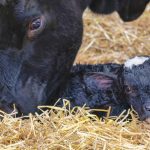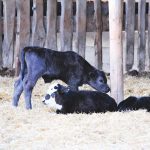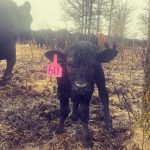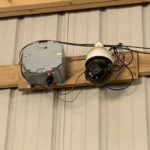
Calving

VIDEO: How to intervene during a difficult calving

Dealing with retained placentas in beef cows
Strive to prevent retained placentas as much as possible, says a large animal vet

New calving tech and farmer-based innovations
Whether it’s artificial intelligence or a simple piece of equipment, there are several innovations that can help cut losses and make calving season easier

Cold stress in newborn calves
Veterinary Case Study: Although Jim had prepared a warm calving shelter, he hadn’t counted on a cold snap that threatened his newborn calves

Withstanding extreme cold while winter calving
While many producers prefer spring calving, Matthew Ramsey shifted his calving season to January to avoid Manitoba’s wet April weather

Contracted and lax tendons in newborn calves
A look at the potential causes and treatments of limb problems in new calves

Colorado lows hammer Manitoba producers through calving season
While some cow-calf producers may make changes to their calving seasons, others plan to stay the course and hope for no repeats of this spring's weather

Calf 911: Managing colostrum so newborn calves thrive

Calf 911: How to spot dehydration in young or scouring calves

The ins and outs of calving cameras
For producers whose herds calve in the winter, cameras offer several benefits, ranging from fewer trips outside to allowing producers to work off-farm during calving



